Mou
MOU.2009.doc
Tuberculosis
MOU
OMB: 0579-0146
SUPPORTING STATEMENT - OMB NO. 0579-0146
TUBERCULOSIS
May 28, 2009
A. Justification
1. Explain the circumstances that make the collection of information necessary. Identify any legal or administrative requirements that necessitate the collection. Attach a copy of the appropriate section of each statute and regulation mandating or authorizing the collection of information.
The Animal Health Protection Act (AHPA) of 2002 is the primary Federal law governing the protection of animal health. The law gives the Secretary of Agriculture broad authority to detect, control, or eradicate pests or diseases of livestock or poultry. The Secretary may also prohibit or restrict import or export of any animal or related material if necessary to prevent the spread of any livestock or poultry pest or disease. The AHPA is contained in Title X, Subtitle E, Sections 10401-18 of P.L. 107-171, May 13, 2002, the Farm Security and Rural Investment Act of 2002.
Disease prevention is the most effective method for maintaining a healthy animal population and enhancing the U.S. Department of Agriculture’s Animal and Plant Health Inspection Service (APHIS), Veterinary Services’ (VS) ability to allow U.S. animal producers to compete in the world market of animal and animal product trade.
In connection with this mission, VS participates in the Cooperative State-Federal Bovine Tuberculosis Eradication Program, which is a national program to eliminate bovine TB from the United States. This program is conducted under the authorities of the various States supplemented by Federal authorities regulating interstate movement of affected animals.
The APHIS TB regulations in Part 77 of title 9, Code of Federal Regulations, provide for the assignment of State TB risk classifications, the creation of TB risk status zones within the same State, and for the conduct of tests before regulated animals are permitted to move interstate. This system enhances the ability of States to move healthy, TB-free cattle, bison, goats, and captive cervids interstate as well as internationally. Additionally, this zoning/testing system enhances the effectiveness of APHIS’ Tuberculosis Eradication Program by decreasing the likelihood that infected animals will be moved interstate or internationally.
These zoning, testing, and animal movement activities necessitate the use of several information collection activities that include (1) the submission of a Tuberculosis Management Plan for eradicating the disease within a State or zone, thus avoiding a downgrade in the State or zone TB status; (2) the submission of a formal request that a zone within a given State be given a different TB status from the rest of the State, (3) an epidemiological review of reports of all testing for all zones within the State within 30 days of testing, (4) the submission of an annual report to APHIS in order to qualify for renewal of State or zone status, (5) the completion of a certificate of tuberculin test that must accompany certain regulated animals that are moved interstate, (6) the retention, for 2 years, of any certificates documenting the movement of regulated animals into and out of zones; and (7) a Memorandum of Understanding (MOU) with APHIS in which the State agrees to adhere to any conditions for zone recognition particular to that request.
APHIS is asking OMB to renew its approval of these information collection activities for an additional 3 years.
2. Indicate how, by whom, how frequently, and for what purpose the information is to be used. Except for a new collection, indicate the actual use the agency has made of the information received from the current collection.
Tuberculosis Management Plan
If tuberculosis is diagnosed within any State or zone, and if an APHIS risk assessment determines that the outbreak poses a TB risk to livestock within the State or zone, the State or zone must implement a Tuberculosis Management Plan within 6 months of the diagnosis. This plan must include provisions for (1) an immediate investigation of TB in livestock, wildlife, and animals held for exhibition; (2) the prevention of disease spread to other animals, (3) increased surveillance, (4) eradication in individual herds, and (5) a timeline for achieving this eradication. If the State or zone does not implement this plan within 6 months of diagnosis, APHIS will downgrade the TB status of the State or zone.
Request for Zone Status
To receive APHIS recognition of an area within a State as a TB status zone, State animal health officials must formally request that APHIS designate part of their State as having a different TB status than the rest of the State. In this request, State animal health authorities must clearly delineate the boundaries of the requested zone. They must also provide evidence that the State has an effective veterinary organization and infrastructure, as well as the legal and financial resources to implement and enforce a TB eradication program.
Epidemiological Review of Zone Testing
In addition to the formal request for zone status, State animal health officials that desire APHIS approval to create a TB status zone must maintain, in each intended zone, clinical and epidemiological surveillance of animal species at risk for TB at a rate that allows detection of TB in the overall population of livestock at a 2 percent prevalence rate with 95 percent confidence. APHIS requires that the State-designated TB epidemiologist review reports of all testing for each zone within the State within 30 days of the testing.
Annual Report to Qualify for Renewal of State or Zone Status (VS FORM 6-38)
To qualify for renewal of TB status, State animal health authorities must submit an annual report to APHIS certifying that the State (or zone within the State) is complying with the provisions of the Bovine Tuberculosis Eradication Uniform Methods and Rules. Each report must include information on the population and status of cattle and bison herds (e.g., numbers of accredited herds and herds under quarantine) within the State or zone, the number of cattle and bison slaughtered, the slaughter surveillance plan, monitoring of slaughter surveillance and test response rates, and the identification of any cattle or bison herds or individual bovines in which TB has been confirmed. This report must be submitted to APHIS each year between October 1 and November 30. It enables APHIS to carefully monitor State activities with regard to TB surveillance, containment, and eradication.
Certificate for Movement
A certificate must accompany certain cattle, bison, or captive cervids that are moved interstate from States or zones with a status below accredited-free. An accredited veterinarian or a State or Federal official issues an official certificate for the interstate movement of livestock in accordance with 9 CFR 77.10, 9 CFR 77.12, and 9 CFR 77.14. For example, steers or spayed heifers (or officially identified, sexually intact heifers moved to an approved feedlot) that originate from a modified accredited State or zone must be accompanied by a certificate stating that they have tested negative to an official TB test that was conducted within 60 days prior to the date of movement. In some cases the certificate must also accompany captive cervids that are being moved interstate from (1) States or zones that are not recognized as accredited-free, (2) are not from accredited, qualified, or monitored herds, and (3) are not being moved directly to slaughter. This certification ensures that TB-infected animals are not moved interstate.
Retention of Movement Certificate (VS 6-38)
APHIS requires State animal health authorities to retain, for at least 2 years, all certificates used for the movement of regulated animals. To retain APHIS recognition of a TB status zone, the State must continue to comply with the requirements in 9 CFR part 77, as well as the requirements for maintaining or improving the TB risk classification of each zone within the State. To accomplish this, State animal health authorities must closely monitor the movement of regulated animals into and out of zones—an activity that requires the use of movement certificates. All States use State health certificates to track movement of regulated animals. (Most State health certificates require more information than that indicated in 9 CFR 77 and are used regardless of Federal regulations.)
Memorandum of Understanding (MOU)
APHIS requires that States enter into an MOU with APHIS in which the States agree to adhere to any conditions for zone recognition particular to the request. Once the MOU is developed, it is renewed annually through a cooperative effort involving APHIS area, regional and staff personnel and State officials. It is then reviewed and signed by APHIS and State animal health authorities.
3. Describe whether, and to what extent, the collection of information involves the use of automated, electronic, mechanical, or other technological collection techniques or other forms of information technology, e.g., permitting electronic submission of responses, and the basis for the decision for adopting this means of collection. Also describe any consideration of using information technology to reduce burden.
The Tuberculosis Management Plan is not a candidate for electronic submission because it is rarely used. Additionally, each TB Management Plan is unique to each State; therefore, the information developed does not readily fit a preformatted form.
A Request for State or Zone Status is also rarely used. Additionally, each Request for State or Zone Status is unique to each State; therefore, the information developed does not readily fit a preformatted form.
Epidemiological reviews of zone testing are rarely requested or used. Additionally, each State may achieve the required surveillance levels through different methods and the information developed may not readily fit a preformatted form.
The VS Form 6-38 used for both the Annual Report to Qualify for Renewal of State or Zone Status and Retention of Movement Certificate is a candidate for electronic submission. In January 2005, the VS National Center for Animal Health Programs asked Information Technology personnel with the VS Centers for Epidemiology and Animal Health to begin converting the forms associated with this collection from their current hard copy format to an electronic form accessible from the VS Web Page located at www.aphis.usda.gov. This work is still in progress.
The Certificate for Movement must accompany the interstate movement of animals and therefore is not a candidate for electronic submission.
The MOU must be signed by hand by both APHIS and State officials, and therefore is not a candidate for electronic submission.
4. Describe efforts to identify duplication. Show specifically why any similar information already available cannot be used or modified for use for the purpose described in item 2 above.
The information that APHIS collects in connection with this program is not available from any other source, since APHIS is the only Federal agency responsible for preventing, detecting, controlling, and eradicating bovine TB from the United States.
5. If the collection of information impacts small businesses or other small entities, describe any methods used to minimize burden.
APHIS estimates that 9 percent of the respondents for this information collection are small businesses (accredited veterinarians). The information collected is the absolute minimum needed to initiate and maintain a bovine TB zone system in the United States.
6. Describe the consequence to Federal program or policy activities if the collection is not conducted or is conducted less frequently, as well as any technical or legal obstacles to reducing burden.
If the information was collected less frequently or not collected, APHIS would be unable to operate an effective bovine TB surveillance, containment, and eradication program. Consequently, bovine TB would likely spread to areas of the United States that are currently not affected by this disease.
7. Explain any special circumstances that require the collection to be conducted in a manner inconsistent with the general information collection guidelines in 5 CFR 1320.5.
The information collection is conducted in a manner consistent with the guidelines established in 5 CFR 1320.5.
8. Describe efforts to consult with individuals outside the agency to obtain their views on the availability of data, frequency of collection, the clarity of instructions and recordkeeping, disclosure, or reporting form, and on the data elements to be recorded, disclosed, or reported. If applicable, provide a copy and identify the date and page number of publication in the Federal Register of the agency's notice, soliciting comments on the information collection prior to submission to OMB.
In 2008, APHIS engaged in productive consultations with the following individuals:
John Tilden
Tuberculosis Eradication Program
525 West Allegan Street
Lansing, MI 48909
Phone: (517) 241-2934
William L. Hartmann DVM, MS
Executive Director and State Veterinarian
Minnesota Board of Animal Health
625 North Robert Street
Saint Paul, MN 55155
Phone: (651) 201-6825
Cell: (612) 756-0847
Fax: (651) 296-7417
Mike VanderKlok
Bovine Tuberculosis Eradication Coordinator
525 West Allegan Street
Lansing, MI 48909
Phone: (517)241-2460
On Monday, April 6, 2009, pages 15430-15431, APHIS published in the Federal Register a 60-day notice seeking public comments on its plans to request a 3-year renewal of this collection of information. No comments from the public were received.
9. Explain any decision to provide any payment or gift to respondents, other than remuneration of contractors or grantees.
This information collection activity involves no payments or gifts to respondents.
10. Describe any assurance of confidentiality provided to respondents and the basis for the assurance in statute, regulation, or agency policy.
No additional assurance of confidentiality is provided with this information collection. However, the confidentiality of information is protected under 5 U.S.C. 552a.
11. Provide additional justification for any questions of a sensitive nature, such as sexual behavior or attitudes, religious beliefs, and other matters that are commonly considered private. This justification should include the reasons why the agency considers the questions necessary, the specific uses to be made of the information, the explanation to be given to individuals from whom the information is requested, and any steps to be taken to obtain their consent.
This information collection activity will ask no questions of a personal or sensitive nature.
12. Provide estimates of the hour burden of the collection of information. Indicate the number of respondents, frequency of response, annual hour burden, and an explanation of how the burden was estimated.
• Indicate the number of respondents, frequency of response, annual hour burden, and an explanation of how the burden was estimated. If this request for approval covers more than one form, provide separate hour burden estimates for each form and aggregate the hour burdens in Item 13 of OMB Form 83-I.
See APHIS Form 71. Burden estimates were developed from discussions with State animal health officials, and accredited veterinarians.
• Provide estimates of annualized cost to respondents for the hour burdens for collections of information, identifying and using appropriate wage rate categories.
Respondents are State animal health officials, and (with regard to movement certificates) accredited veterinarians. APHIS estimates the total annualized cost to these respondents to be $77,379.36. APHIS arrived at this figure by multiplying the hours of estimated response time (3,912) by the estimated average hourly wage ($19.87) of the above respondents. The hourly rates are from the U.S Department of Labor, Bureau of Labor Statistics May 2008 Report – National Compensation Survey: Occupational Wages in the United States, May 2007. See http://www.bls.gov/oes/#tables.
13. Provide estimates of the total annual cost burden to respondents or recordkeepers resulting from the collection of information (do not include the cost of any hour burden shown in items 12 and 14). The cost estimates should be split into two components: (a) a total capital and startup cost component annualized over its expected useful life; and (b) a total operation, maintenance, and purchase of services component.
No annual cost burden is associated with capital and startup costs, operation and maintenance expenditures, and purchase of services.
14. Provide estimates of annualized cost to the Federal government. Provide a description of the method used to estimate cost and any other expense that would not have been incurred without this collection of information.
The annualized cost to the Federal Government is estimated at $92,765.93. (See APHIS Form 79.)
15. Explain the reasons for any program changes or adjustments reported in Items 13 or 14 of the OMB Form 83-1.
The number of hours required by State officials to prepare, and Federal officials to review, responses has increased greatly due to the level of detail in the TB Management Plans and Requests for Zone Status currently being submitted by the States and zones. Preparation, review and signature of the MOUs have inadvertently not been accounted for previously in this information collection. There is also a decrease in hours caused by the correction of this information collection to state that VS Forms 6-22C and 6-22D impose burdens separate from the Certificate of Movement, rather than substituting for it.
16. For collections of information whose results are planned to be published, outline plans for tabulation and publication.
APHIS has no plans to publish the information it collects in connection with this program.
17. If seeking approval to not display the expiration date for OMB approval of the information collection, explain the reasons that display would be inappropriate.
APHIS has no plans to seek approval for not displaying the OMB expiration date on this form.
18. Explain each exception to the certification statement identified in “Certification for Paperwork Reduction Act.”
APHIS can certify compliance with all the provisions in the Act.
B. Collections of Information Employing Statistical Methods
Statistical methods will not be used in this information collection.
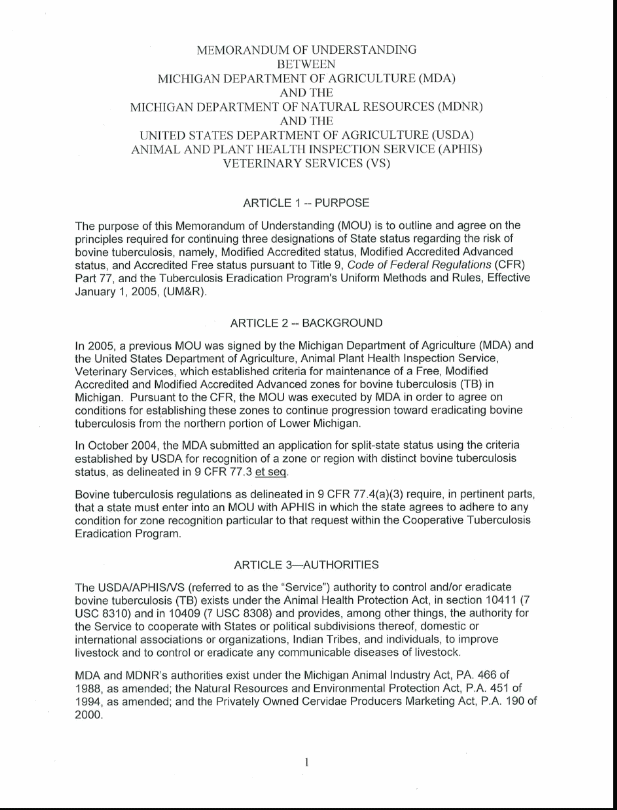
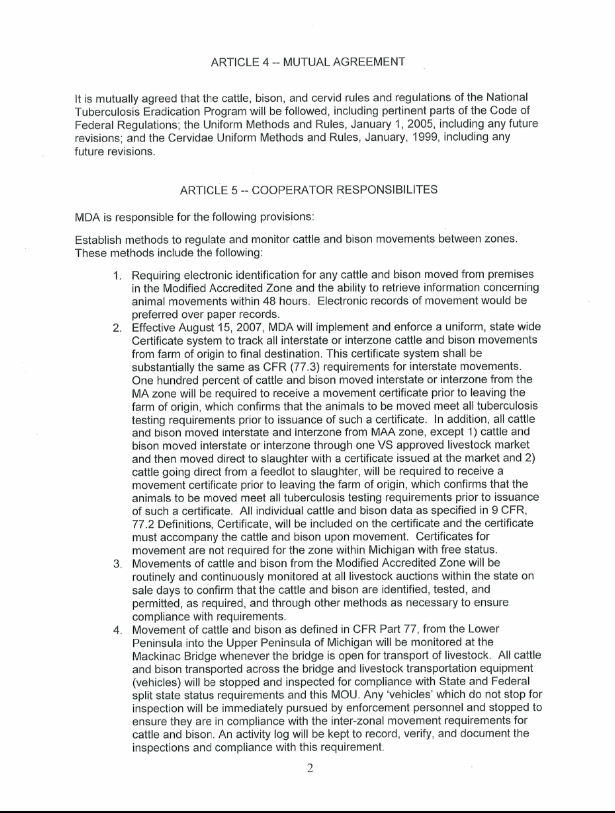
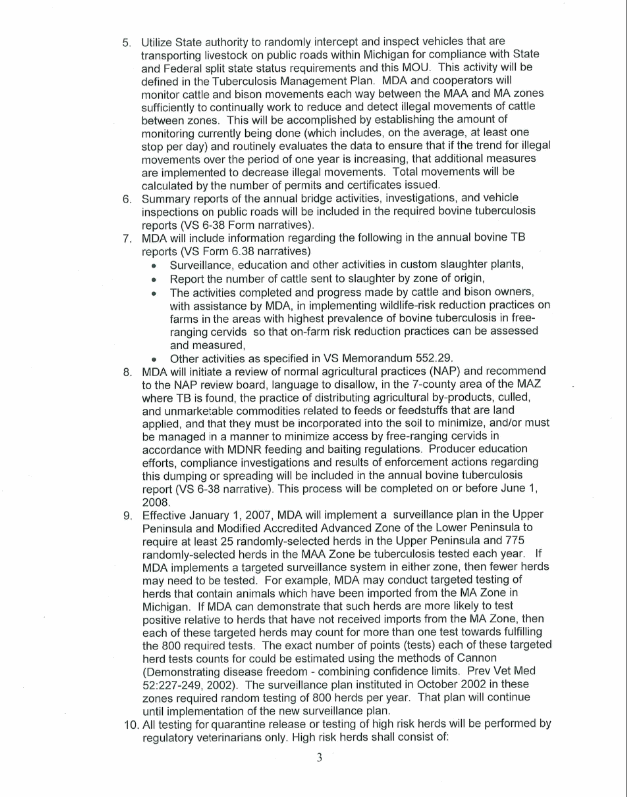
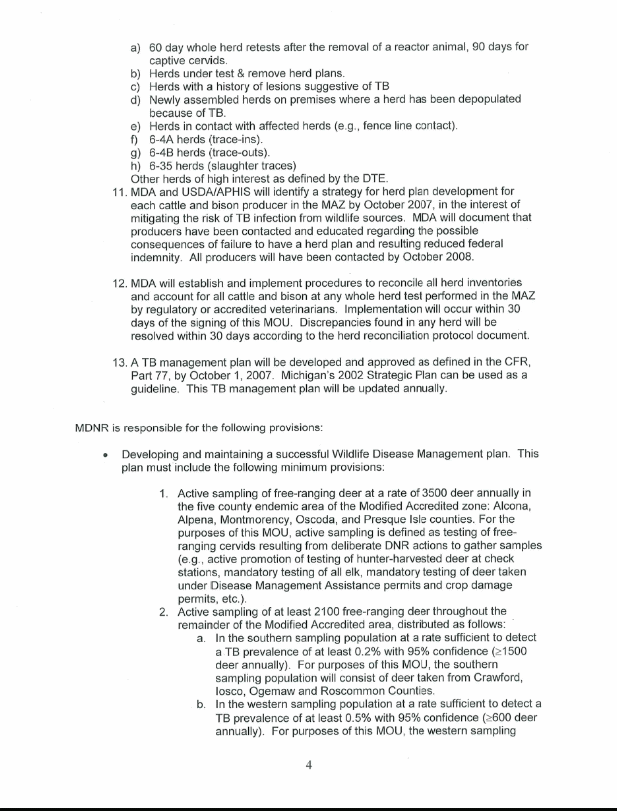



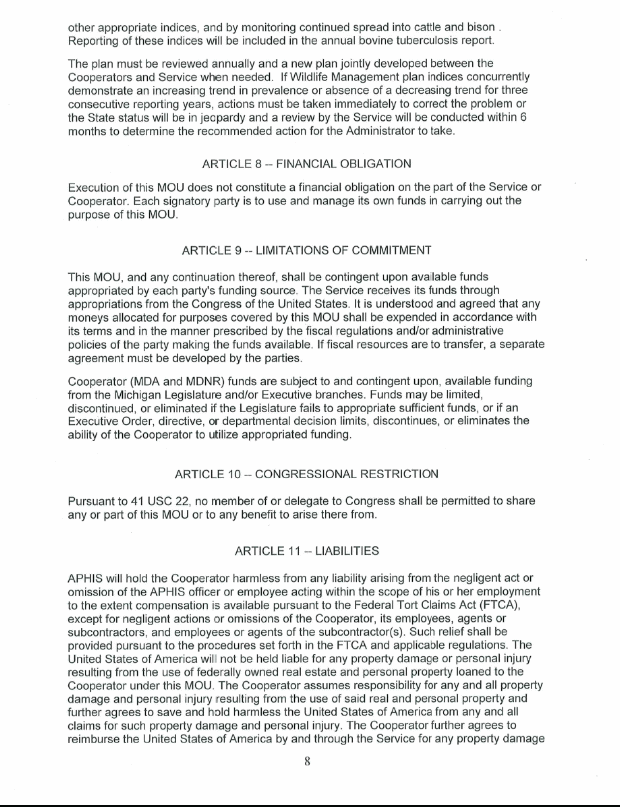
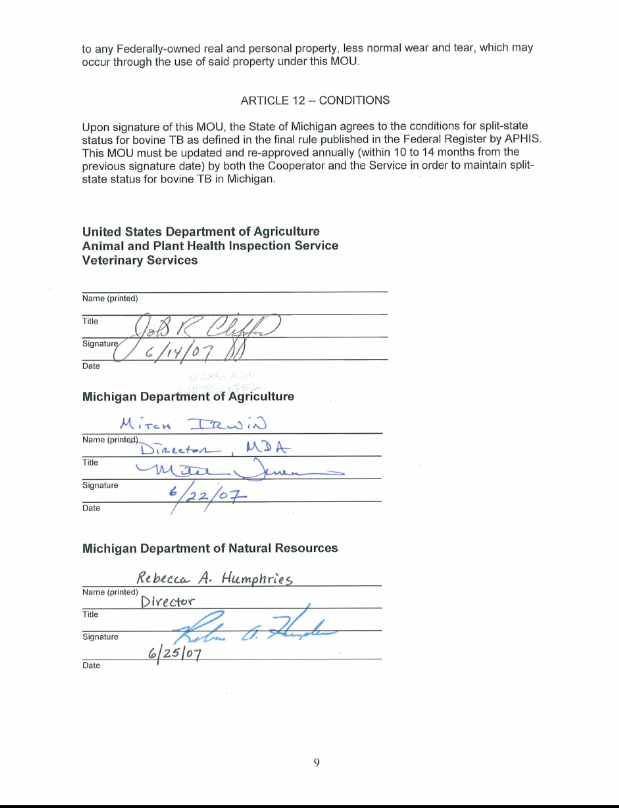
| File Type | application/msword |
| File Title | SUPPORTING STATEMENT - OMB NO |
| Author | Government User |
| Last Modified By | Khbrown |
| File Modified | 2009-06-04 |
| File Created | 2009-06-04 |
© 2025 OMB.report | Privacy Policy